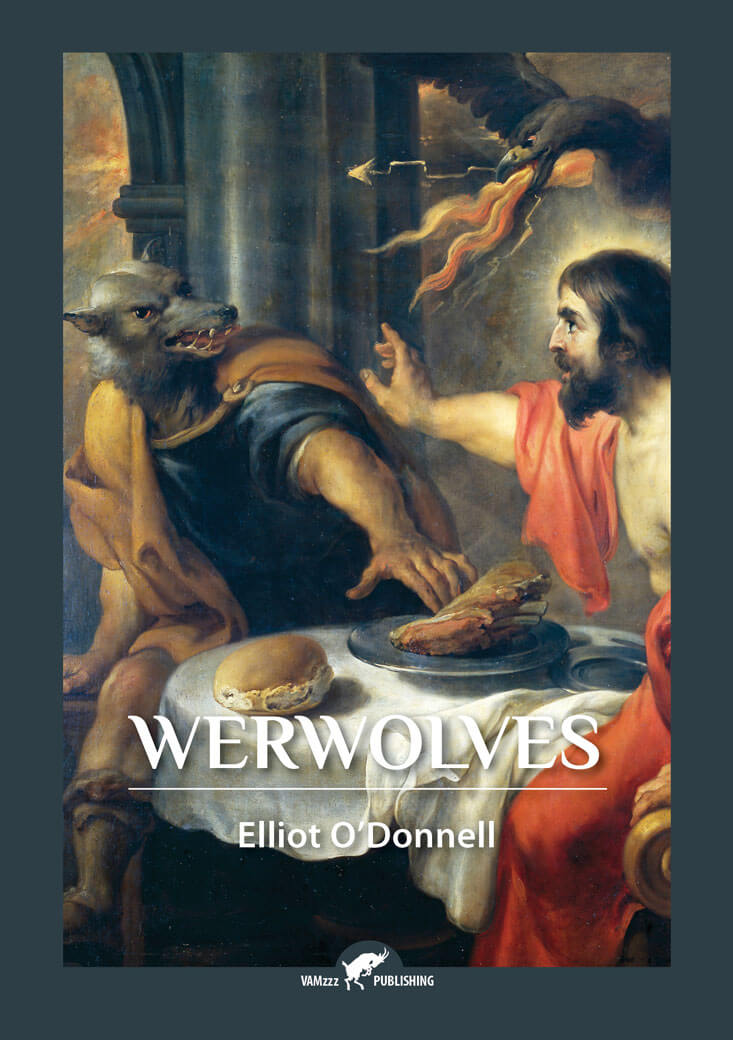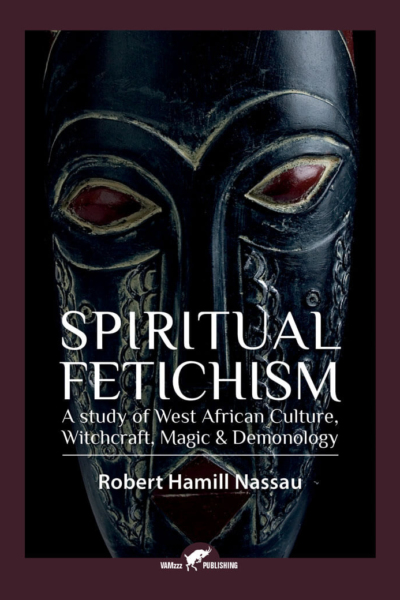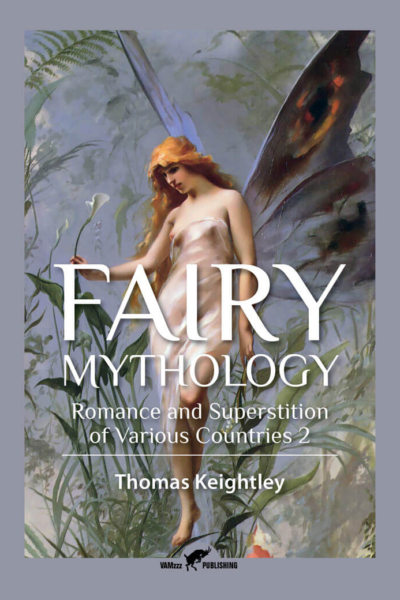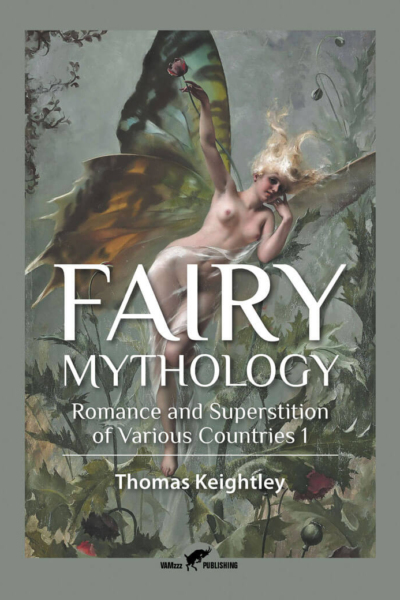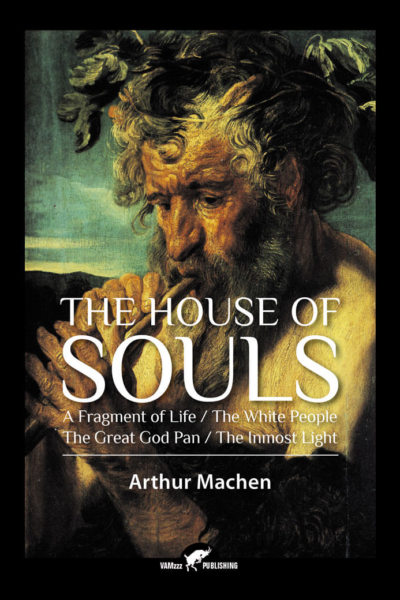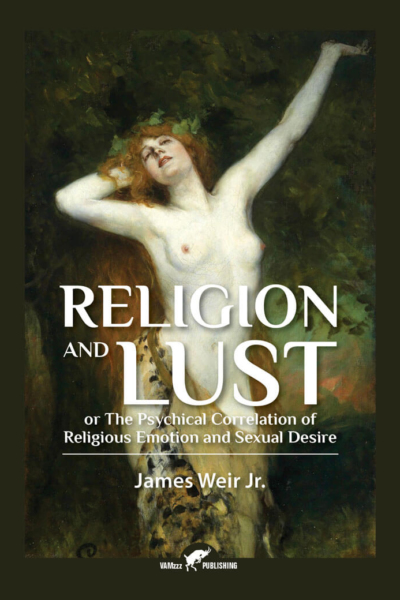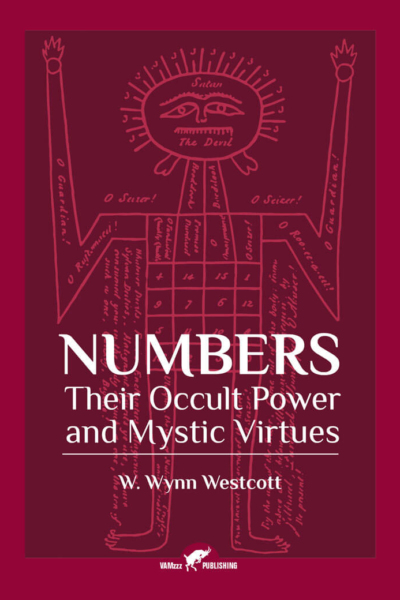Beschrijving
The core view of paranormal investigator Elliott O’Donnell, regarding the wer(e)wolf, was that he assumed a serious occult phenomenon, rather than a folkloric fantasy, that could easily be dismissed by science. Within this scope Werwolves (1914) is as pioneering as the book is entertaining. It combines O’Donnell’s – ahead of his time – linking of the werewolf to shamanism, the etheric double and astral projection with the traditional dark romantic aura that hangs around the subject. His conclusion, that the werewolf was most likely linked to psychic projection skills, was re-examined by Claude Lecouteux in 1992 in his Witches, Werewolves and Fairies.
The word werwolf (werewolf) is derived from the Anglo-Saxon wer (man) and wulf (wolf). There is scarcely a country in the world in which belief in werewolves, or in some other form of were-animals, has not existed. However, attempts to unravel the real phenomena remain very scarce. In Werwolves a lot of historical werewolf-cases are described which took place in several parts of Europe (France, British Isles, Germany, Austria-Hungaria & Balkan, Spain, Belgium and the Netherlands, Russia and the Scandinavian countries). Whereas in some regions the werewolf is considered wholly physical, in others it is looked upon as partly, if not entirely, astral or etheric. There is also an overlap with the Ghoul and Vampire.


